Spiders often get a bad rap, conjuring images of lurking dangers and venomous bites. But not all eight-legged creatures are as sinister as they seem. Some of the most feared spiders are, in fact, not dangerous to humans at all. Embracing their roles as pest controllers, these misunderstood arachnids deserve a second look. Let’s uncover the truth behind these presumably perilous yet harmless spiders, and perhaps develop a newfound appreciation for our creepy-crawly companions.
1. The Wolf Spider Isn’t Howling for Your Blood
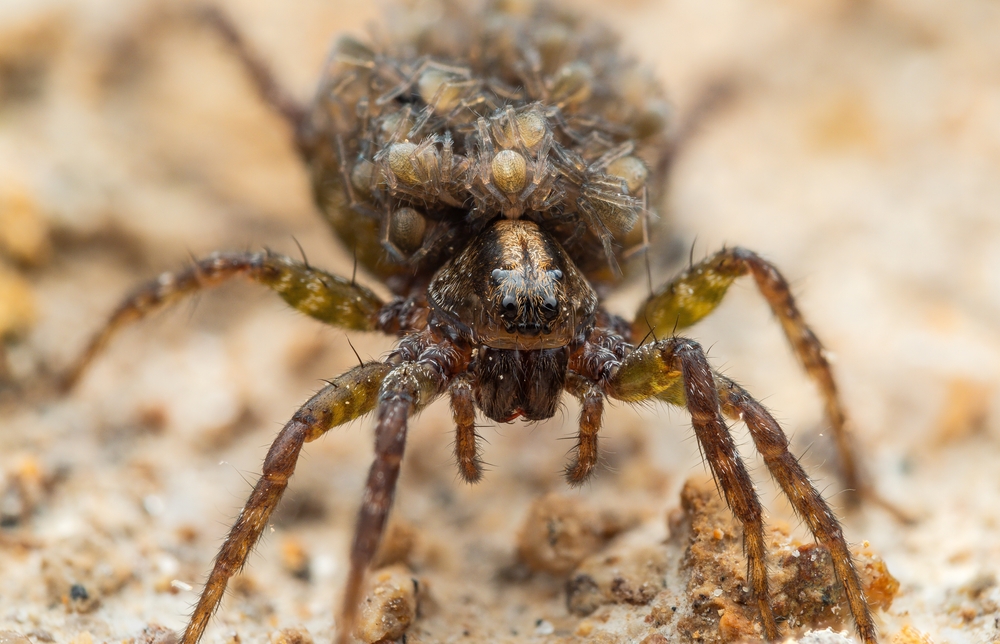
With their robust bodies and rapid movements, wolf spiders might look intimidating, but don’t be fooled. They’re more interested in hunting insects than humans. Lacking a web, these ground dwellers rely on their speed and strength to catch prey. While a wolf spider might bite if provoked, its venom is harmless to humans. Instead of fearing them, consider their role in managing pest populations, a job they perform with diligence and grace.
2. Orb-Weaver Spiders: Nature’s Glittering Jewelers
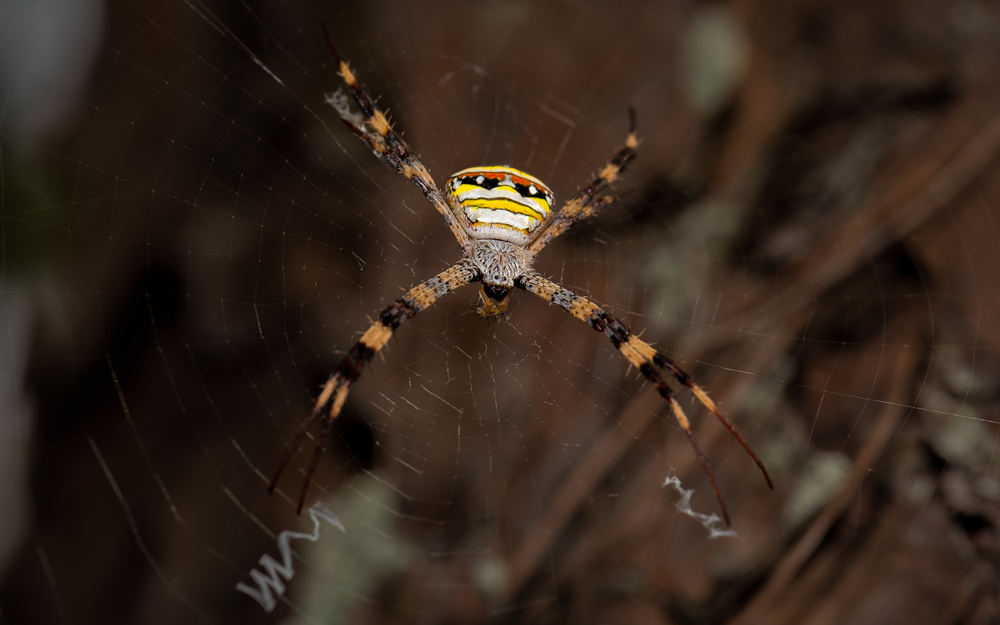
Known for their stunning webs that shimmer like dewdropped lace, orb-weaver spiders are more artists than assassins. Their impressive silk structures often catch the eye, but it’s their bug-catching skills that earn them a spot in the garden. These spiders pose no threat to humans, with venom too weak to cause harm. Their architectural prowess is a sight to behold, transforming backyards into natural art installations while keeping pesky insects at bay.
3. The Jumping Spider Jumps for Joy, Not Fear
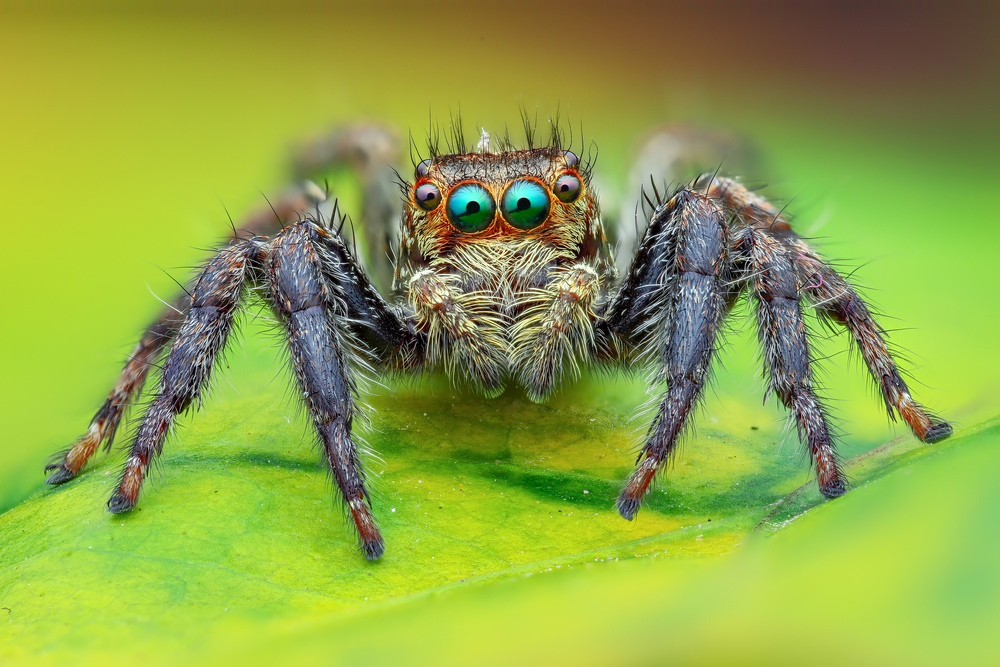
These tiny acrobats burst with curiosity and charm, not venomous intent. Renowned for their keen vision and vibrant colors, jumping spiders perform impressive leaps to capture prey. Their antics are more entertaining than terrifying, and their bites, if ever delivered, are harmless to humans. Embrace the jumping spider’s presence as a miniature predator of pests, bouncing around your home with harmless exuberance.
4. The Huntsman Spider: More Friend Than Foe
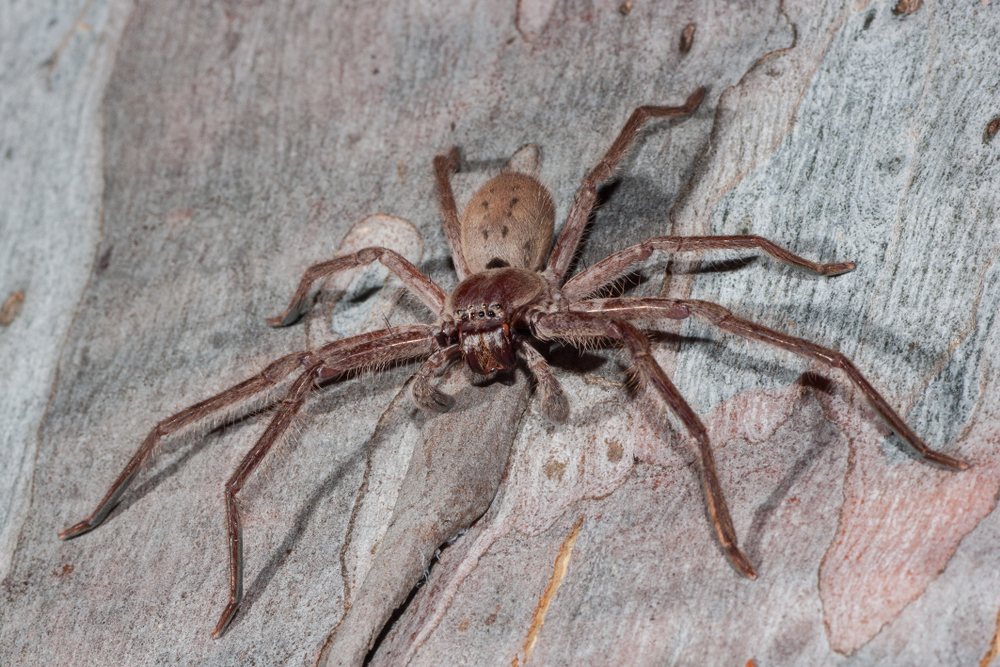
Large and swift, the huntsman spider’s appearance can be alarming, but it’s all bark and no bite. These arachnids prefer flight over fight when encountering humans. Although their size may suggest otherwise, their venom poses no threat to us. Huntsman spiders are adept at controlling cockroach populations, making them an unexpected ally in your pest control efforts. Consider them long-legged friends rather than fearsome foes in your home.
5. Daddy Long-Legs: The Urban Legend Debunked
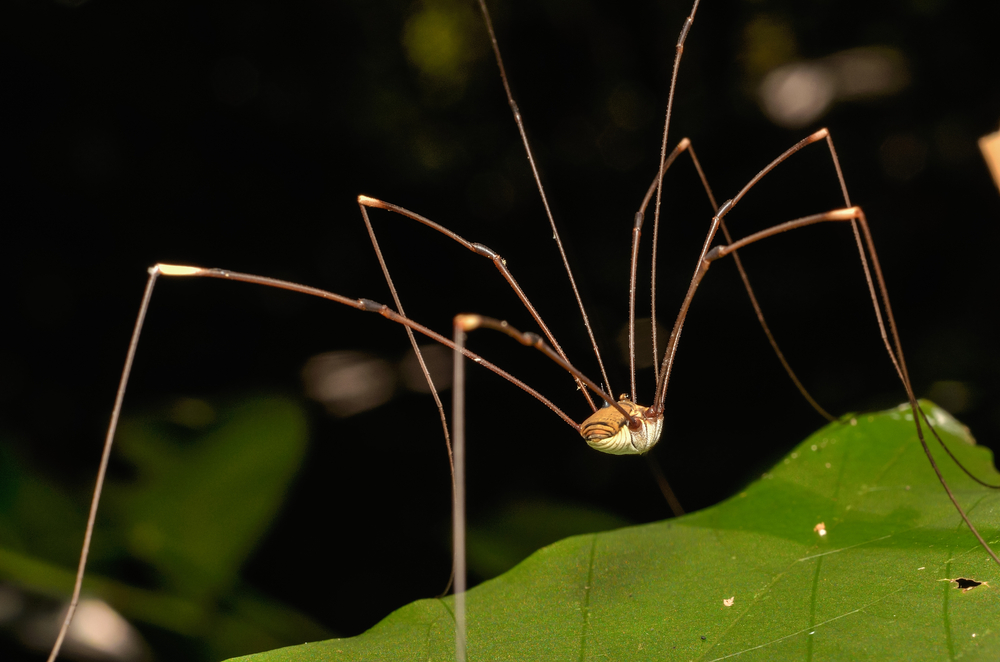
The myth of the deadly yet harmless daddy long-legs is just that—a myth. These delicate spiders, with their spindly legs and tiny bodies, pose no risk to humans. Their venom is harmless, and their mouths too small to bite us. Often seen in quiet corners of homes, they help control the insect population. Let this myth-buster change your perspective, appreciating the daddy long-legs for its beneficial role rather than mythical menace.
6. The False Widow: Misunderstood but Benign
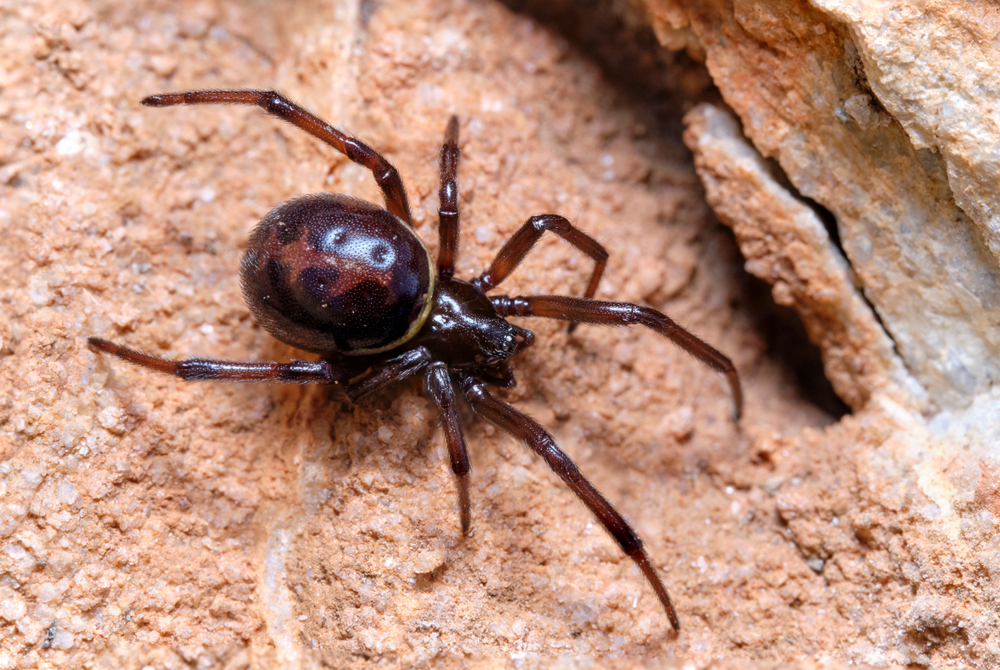
Often mistaken for its notorious cousin, the black widow, the false widow’s reputation precedes it. While it may resemble the infamous spider, its bite is no more harmful than a bee sting. The false widow prefers to avoid humans, content with catching flies and other pests. Understanding the difference between these two spiders can ease fears and highlight the importance of the false widow’s pest control capabilities.
7. Crab Spiders: More Curious than Cruel
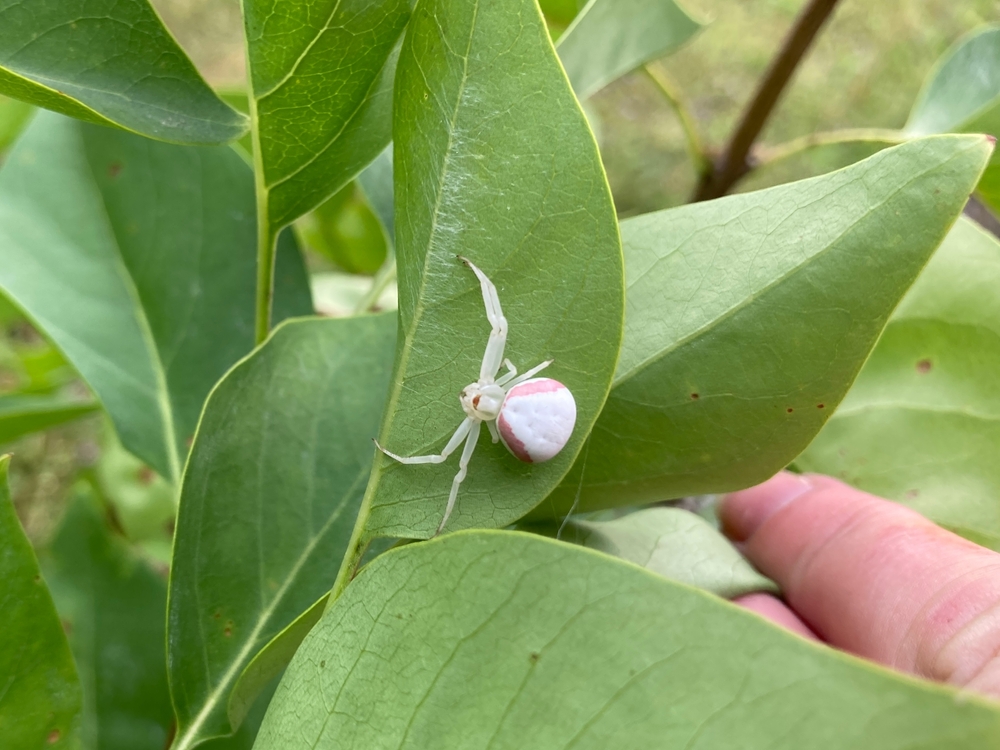
Named for their crab-like appearance and movement, crab spiders are masters of disguise. Lurking among flowers, they wait patiently for unsuspecting insects to wander by. These ambush predators are harmless to humans, with venom specialized for small prey. Their ability to blend into blooms makes them fascinating garden inhabitants, contributing to the balance of nature without posing a threat to us.
8. The Garden Spider: An Architect in the Green
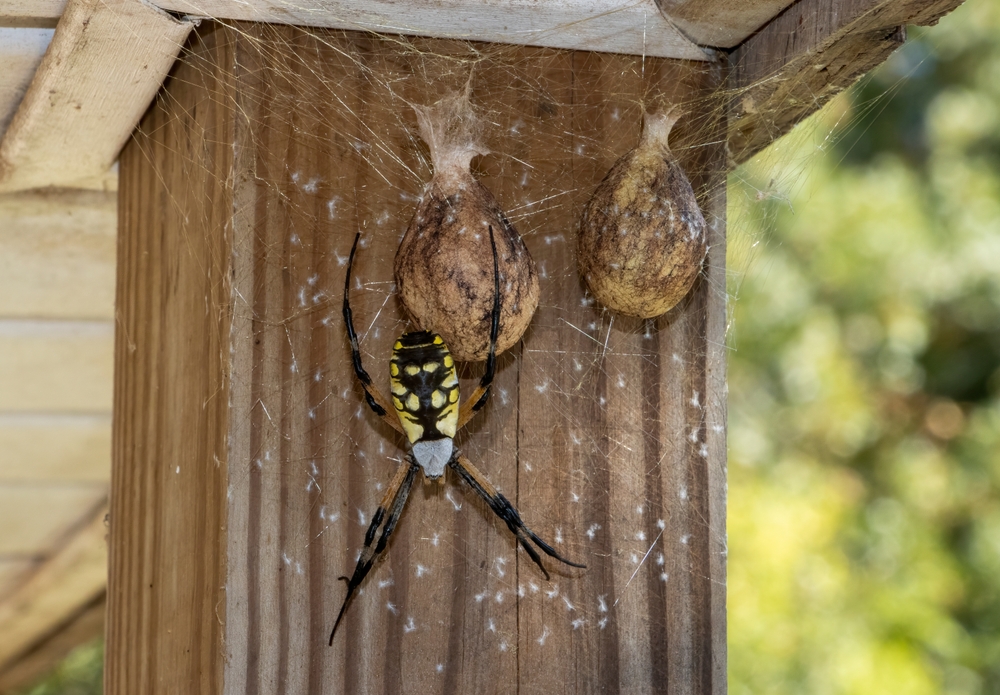
A garden spider’s intricate webs are a testament to nature’s engineering marvels. Set against the greenery, their webs catch both morning light and garden pests. Despite their intimidating size, these spiders are not dangerous to humans. Their focus remains on insects, making them a gardener’s ally. Witnessing a garden spider at work is like watching a master builder in action, with the added benefit of natural pest management.
9. Trapdoor Spiders: Stealthy Yet Harmless

Residing underground, trapdoor spiders are the introverts of the spider world. Known for their ingenious camouflage techniques, they lie in wait for prey to pass by. Despite their reclusive nature, these spiders are not equipped with venom harmful to humans. Their secretive lifestyle and non-aggressive behavior make them intriguing rather than threatening. Trapdoor spiders contribute to ecosystem balance while remaining unnoticeably harmless to us.
10. The Lynx Spider: Agile and Unassuming
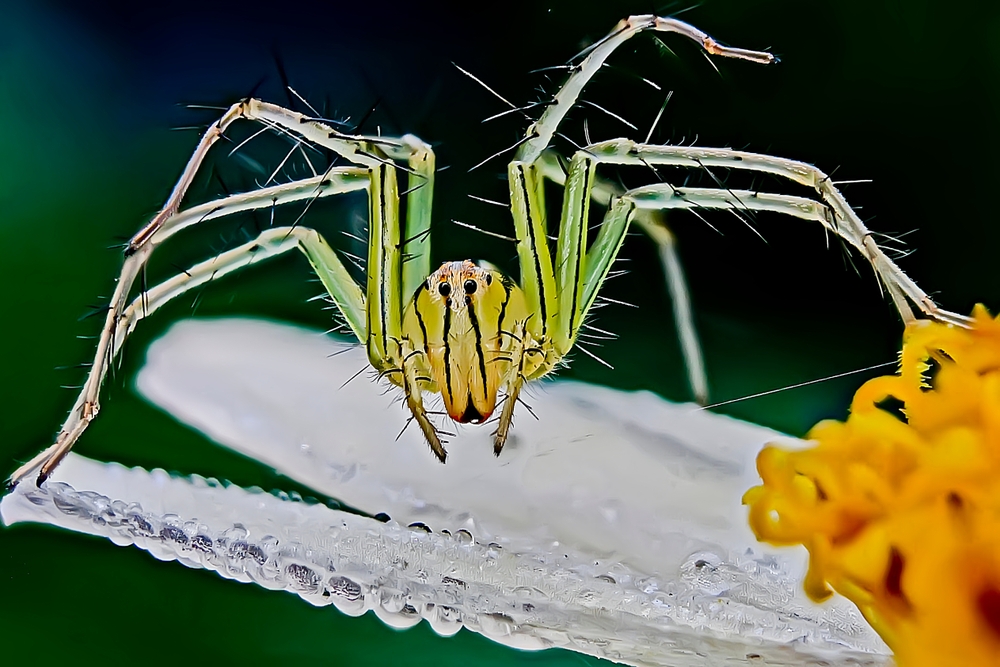
With their vibrant colors and agile movements, lynx spiders are the acrobats of the spider family. Known for their hunting prowess in foliage, they pose no danger to humans. Their venom is harmless to us, focusing instead on keeping garden pests in check. Observing a lynx spider in action is like watching a nature documentary unfold live, showcasing the spider’s role in maintaining ecological harmony without any risk to onlookers.
11. The Spiny Orb-Weaver: Nature’s Gemstone
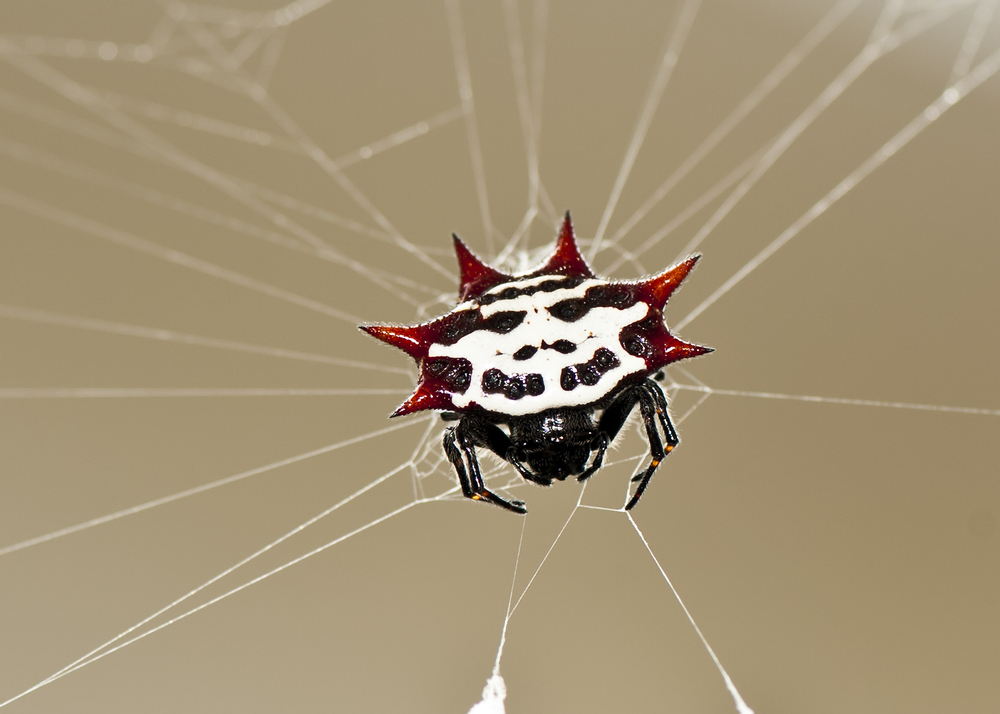
These small, brightly colored spiders are more decorative than deadly. Their unique appearance serves as a warning to predators, but their venom is harmless to humans. Spiny orb-weavers adorn gardens with their striking webs, contributing to pest control without causing fear. Embrace the spiny orb-weaver’s presence as a natural ornament in your garden, showcasing nature’s creativity in a harmless package.
12. The Cellar Spider: A Gentle Guardian
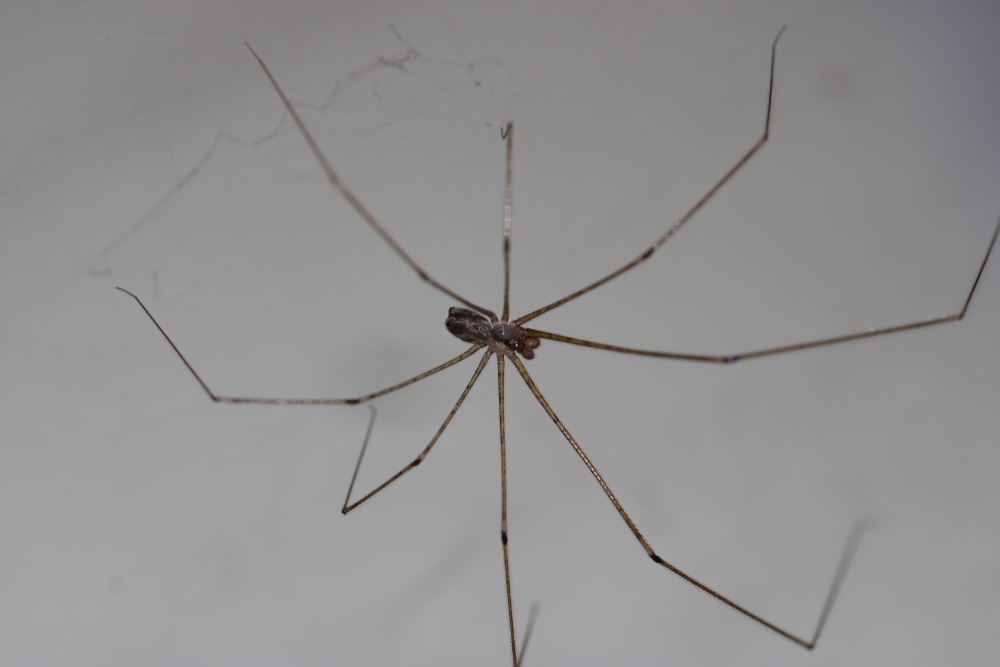
Often found in cool, damp areas of homes, cellar spiders are gentle giants in the spider kingdom. Their long legs and delicate build belie their usefulness as insect predators. They are harmless to humans, incapable of delivering a significant bite. By sharing your space with cellar spiders, you gain a natural ally in controlling household pests, turning these often-overlooked arachnids into quiet guardians of a balanced home environment.
13. The Sheet Web Weaver: Silent and Effective
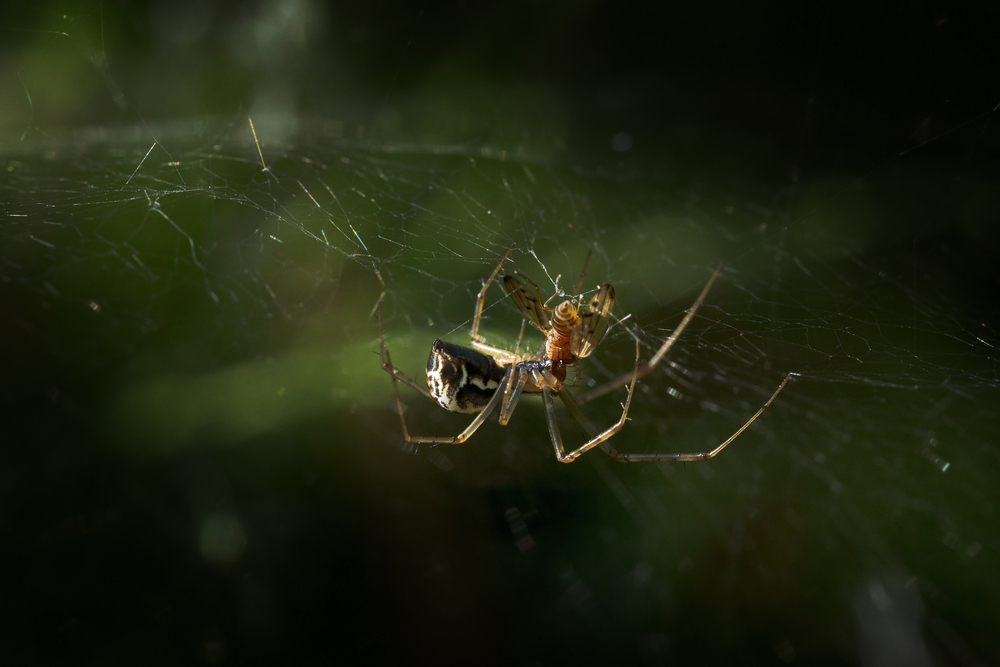
Building horizontal webs that snare small insects, sheet web weavers are silent but effective gardeners. Despite their small size, they play a significant role in controlling pest populations. These spiders are harmless to humans, their venom too mild to cause harm. Supporting the sheet web weaver’s presence in your garden enriches the ecosystem, ensuring a thriving balance of nature while posing no threat to human inhabitants.
14. The Long-Bodied Cellar Spider: The Ultimate Pest Patrol
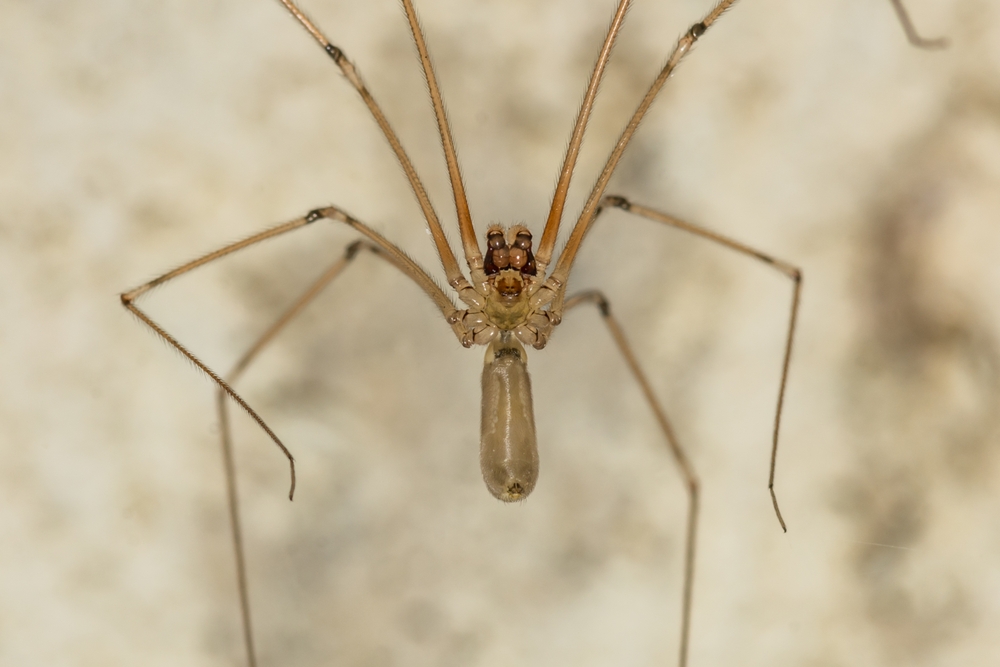
Often mistaken for more harmful varieties, the long-bodied cellar spider is a master of pest control. Its slender frame and long legs make it adept at catching unwanted insects. Harmless to humans, these spiders help maintain a bug-free environment in homes and gardens. By welcoming the long-bodied cellar spider into your space, you gain a vigilant pest patrol that operates quietly and efficiently, transforming fear into appreciation.
15. The Yellow Garden Spider: A Splash of Sunshine
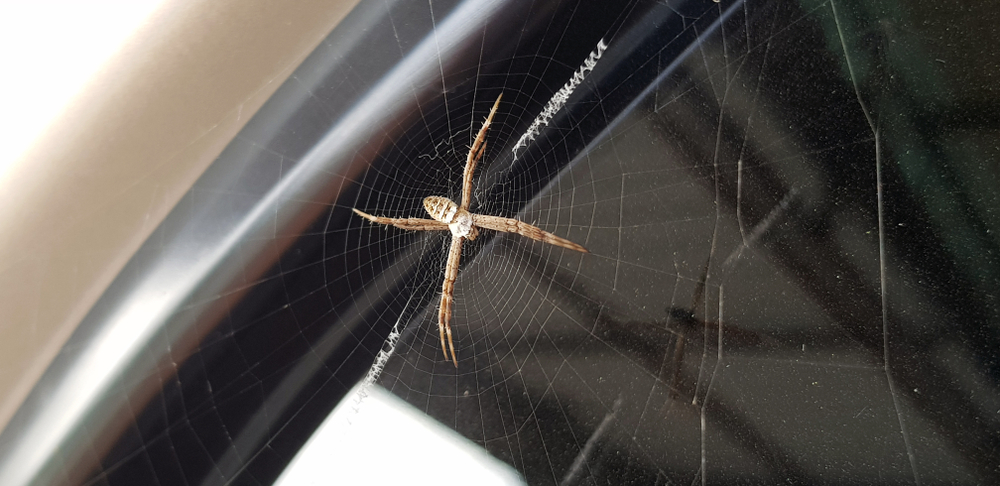
Adorned in striking yellow and black patterns, yellow garden spiders are a visual delight. Their large, intricate webs serve as insect traps, reducing pests around your home. Despite their size, these spiders are harmless to humans, focused solely on their insect prey. Watching a yellow garden spider at work is like witnessing a ballet of nature, where each silk strand plays a role in the performance of life, all without posing a threat to you.
